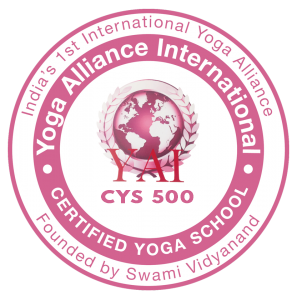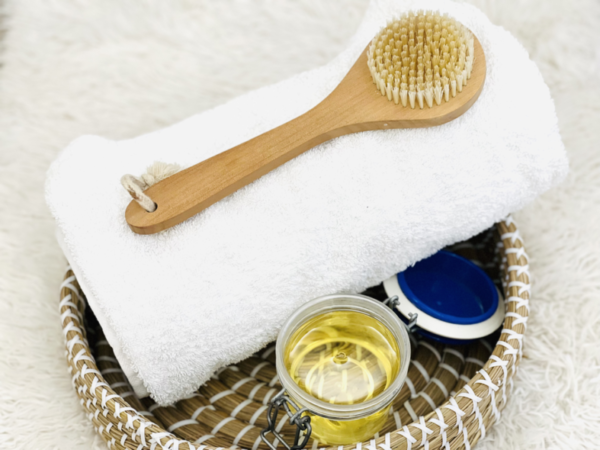Information



Daily essential Ayurvedic practices to implement in your day for self-care and well-being.
Our health should be our priority. Above anything, if we are not in good health, then we cannot function to our full potential and be joyful, calm and enjoy this life. Ayurveda’s definition of good health does not just limit to proper functioning of the body, but also of the mind, soul and the senses. When all are balanced and working well, then one is considered to be in good health.
When we consider self-care practices, there is usually a focus on pampering treatments. And whilst these are indeed part of caring for ourselves, there are many others which are fundamental for our well-being. In Ayurveda, self-care focuses on practices which enhance our health and wellness and these can range from the foods we eat, to the physical activity/exercise we do, what we feed our mind with, beauty treatments and so on.
I chose these 4 because in my opinion, they can be implemented into our daily routine without needing to assign too much time or effort. Small good habits can lead to big changes for the better.
I also write many posts about food so I did not include food related content this time, but of course, nourishing ourselves with good, wholesome food is extremely important.
It is through our sense organs that we can connect with the external world and receive information. Proper functioning of the senses can also contribute to clarity of mind by seeing everything clearly. The 5 sense organs are the eyes (sense of sight), the nose (sense of smell), the skin (sense of touch), the mouth (sense of taste) and the ears (sense of sound).
Each one has an important functioning and when working properly, we are able to experience the external world with more clarity. There are many practices that can help us strengthen these, also related to yoga, but the following are just a few which we can do daily and according to Ayurveda.
For the eyes, we can practice Trataka (which is also a yogic purification technique) and it is the steady gazing at an object. This is essentially a deep concentration practice and a popular way of doing so is by using a candle flame (but you can use any external object to focus on). Try not to blink and just keep your gaze on the object. This can be practiced for 2-5 minutes daily, and it is not advised to do so whilst wearing contact lenses.
For the ears, we can put a drop of sesame oil to provide enough lubrication which will help to sharpen the sense of hearing. For the nose, we can also do the same, daily drop of oil in the each nostril, especially when there is a lot of dryness accumulated (Vata aggravation).
For the skin, we can do daily heated oil application (Self-Abhyanga) to lubricate the joints, improve circulation and nourish the skin. Our skin absorbs so much, including bacteria/dirt and everything that we use on it, so we must be mindful of what we put on our body. Dryness of the skin is common and the daily oiling of the skin is a useful way to protect and nurture our skin.
For the mouth, we can do daily tongue scraping and coconut oil mouth wash. The daily tongue scraping can help to get rid of any ama (toxins) accumulated on the tongue. Coconut oil mouth wash helps to strengthen the gums, remove bacteria and may promote good oral well-being. Coconut oil is known for its antibacterial properties so it’s a great choice as a mouth wash, although sesame oil can also be used.

Mukha Abhyanaga refers to the application of oil on the face and we can do this daily ourselves. This is best done in the morning, when the absorption is the highest and not recommended at night time. It can be done with any oil you have in your home (cold pressed & organic preferably) but it’s useful to use an oil that relates to your Prakruti (predominant dosha constitution).
For the face it is best not to heat up the oil because we must always be mindful not to bring too much heat to the face, particularly to the eyes and the head as this can increase Pita. Mukha Abhyanga helps to relax the face muscles and stimulates the nerves on the face which also reduces stress. Aside from its calming properties, it provides a beautiful glow to the skin and removes any impurities and toxins from the face skin.
There is a particular technique to this traditional Ayurvedic massage, but for a simplified version, you can focus on starting from the top (forehead) to the bottom (the neck). Starting from the third eye (in between the eyebrows) using your first two fingers, complete gentle strokes down to the jaw angle. Then start from the temples, then under the eyes, the nose, under the nose and under the mouth. Finally, using your palms, start from the collar bones all the way up on the neck and to the jaw line. This is not the full, traditional way, but a simpler version for anybody to do. It can take as long as you want, but as a daily practice, it usually takes 5-10minutes. Leave it on for about 30-60minutes and then rinse it off with cool water. Rinsing can be done earlier if needed or if the skin is very dry, it can be left for longer in the day.
Sleep in my opinion is THE MOST important self-care routine we can practice. Although it is part of our life and we do it every night, sometimes it is underrated, not understood and not well respected. Too little sleep or too much, both cause imbalances and may negatively impact our health. So we can focus on creating a regular sleeping routine which suits each one.
There are different opinions as to how much sleep we should have every night, but I will focus on the Ayurvedic view of sleep which is that ideally, we should go to sleep every night by 10pm. This is when Kapha time ends and when Pita time begins. During the Pita time, our agni (digestive fire) is working to digest our food and also to rejuvenate the cells so that we can wake up feeling refreshed, well-rested, strong and clear in the mind.

Sweda Karma or sweat therapy is an Ayurvedic treatment including different practices that help to increase sweat. This is important because through the sweat (sweda) we release any toxins from the body and waste product of the Meda Dhatu (fat tissue). Ideally, we should sweat daily so that our body can remove these impurities, then we can hydrate ourselves by drinking more water and keep our doshas in balance.
When Vata dosha is aggravated, the body becomes dry and there is little sweat. In general, Vata predominant people don’t drink much water, because they don’t tend to sweat very much. When Kapha dosha is aggravated, water retention is a typical sign, because of the congestion of liquid and mucous in the body. When Pita dosha is aggravated however, there is excess sweat because of the increased heat in the body and the sweat is often with a foul odour. In this instance, it is not advised to create more heat, but to cool the body. Some daily practices that can help us sweat in a balanced way are physical exercise, sauna or steam room, having a hot bath or hot shower.